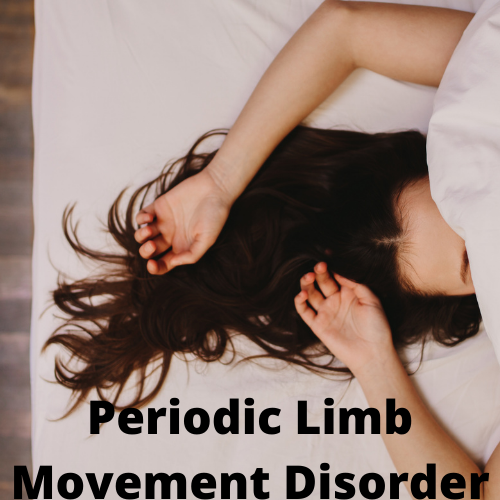Periodic limb movement disorder is a rare sleeping disorder that involves random movement of extremities that should be “paralyzed” during deeper levels of sleep. This syndrome is similar to restless leg syndrome (RLS); however, it is different because it involves random and periodic movement of all of the limbs and not the tingling sensation of restless leg syndrome. However, this can co-occur with restless leg syndrome. Keep reading more to find out more about this rare disorder to see if you struggle from it, and what you can do to get the help that you need.
Periodic limb movement disorder is a disorder characterized by repetitive movements of the legs and feet during sleep. Sometimes this disorder can also affect the arms. Somebody with this disorder may think that these movements are just muscle twitches, jerking movements, or even an upward flexion of the feet. PLMD can disrupt sleep and also co-occur with other sleep disorders like restless leg syndrome and narcolepsy.
Only 4% to 11% of people are affected by PLMD and experience repetitive jerking, cramping, or twitching of the lower limbs during sleep. They can happen every 5 to 90 seconds for up to an hour, and they disrupt this person's sleep, even if they don't wake up. As a result, these individuals can have daytime sleepiness and fatigue, and also sleep deprivation.
Sleep deprivation is dangerous because it can lead to changes in mood, attention, and other negative health impacts. Not only is this disorder disruptive to the individual, but it can also be disruptive to sleep partners, causing them to not get enough sleep either. It's essential for the well-being of both individuals that this problem be taken care of quickly.
However, it can be difficult to diagnose because the person may not even know that they're doing it. They just experienced extreme fatigue and daytime sleepiness, but are unsure of why. It may take someone else mentioning that they move throughout the night for them to realize they have this disorder
What causes PLMD?
PLMD can occur at any age; however, it is very uncommon in children. The risk for PLMD increases significantly with age, as about 45% of older adults have the symptoms. Gender is also not an impact, as PLMD affects men and women equally.
PLMD can be a primary or secondary disorder, meaning it can either be something that's happening on its own or as a result of another disorder. Primary PLMD scientists do not know what causes the condition. Two potential theories on the cause have to do with a dopamine deficiency or a miscommunication between the nerves in the spinal cord.
For secondary PLMD, this condition may have something to do with diabetes, iron deficiency, caffeine use, spinal cord injury or tumor, a blood or metabolic imbalance, or some sort of neurodevelopmental disorder like ADHD. It most frequently co-occurs with RLS, as 80 - 90% of people with RLS also have PLMD.
The main difference between PLMD and RLS is that RLS happens while the person is awake, and PLMS happens during sleep. The physical sensations are also different because in RLS, someone experiences uncomfortable tingling or crawling as well as the uncontrollable urge to move the legs in order to relieve symptoms. PLMD, on the other hand, are just repetitive jerks or twitches that often are unknown to the affected person.
How is PLMD diagnosed?
People may live undiagnosed for a very long time because they're unaware that it's happening. They also are unaware of its impact on their sleep quality. It's more common for the other partner in the bed to notice that something is going on and bring the sufferer's attention to it.
What are the treatments for PLMD?
In the case of secondary PLMD it is important to treat the underlying condition first in order to relieve some of the symptoms for PLMD. There is no cure for PLMD but treatment can significantly relieve symptoms and help improve sleep quality. Treatment for PLMD may include a mix of lifestyle changes and medication.
Lifestyle changes may mean incorporating more iron into the diet or reducing or eliminating substances that can act as stimulants like caffeine. Doctors may also recommend to reduce alcohol intake and recommend other stress management techniques like deep breathing meditation, or yoga. Also improving sleep habits like having a good sleep hygiene routine and sticking to a regular bedtime may also help.
Some medications that may help relieve PLMD include the same ones that are prescribed for RLS like benzodiazepines, melatonin, dopaminergic agents, Gabapentin, and GABA Agonist. Clonazepam has also shown to reduce the total number of leg movements. With proper treatment the symptoms of periodic limb movement disorder can be managed and the quality of life can be improved. If you or someone you know is experiencing trouble with this please click the Orange button below to take the free online sleep test to speak to one of our experts.
[Sources]:
https://www.sleepfoundation.org/periodic-limb-movement-disorder


